Found 902 places

Invader Street Art
Art Newcastle City Centre Tyne And WearTiled street art depicting space invaders placed around Newcastle City Centre
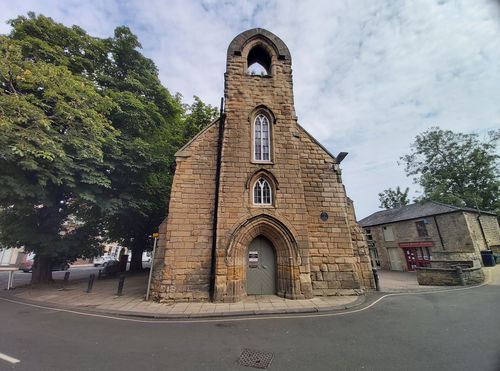
Morpeth Chantry
Building Morpeth NorthumberlandAlso known as All Saints Chantry, it’s a Grade I listed building now housing a bagpipe museum.
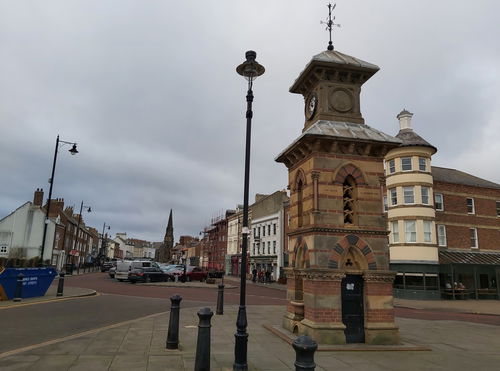
Tynemouth Clock Tower
Tower Tynemouth Tyne And WearA Grade II listed Clock Tower and Drinking Fountain in the Venetian Gothic Style.
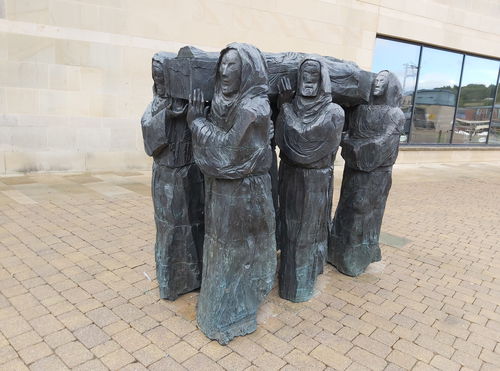
The Journey
Art Durham County DurhamA bronze sculpture depicting six monks transporting St Cuthbert's coffin in Durham City centre by Fenwick Lawson.
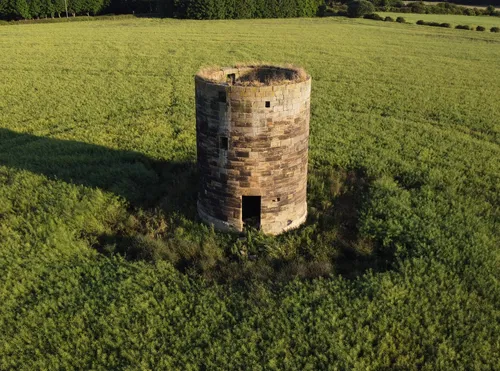
Cramlington Windmill
Windmill Cramlington NorthumberlandAn old sail-less windmill situated within a farmers field.
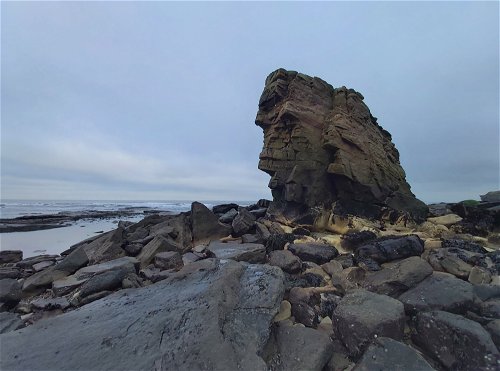
Charlie's Garden
Standing Stone Seaton Valley NorthumberlandA large rock sitting in Collywell Bay at Seaton Sluice that a local once grew things on.
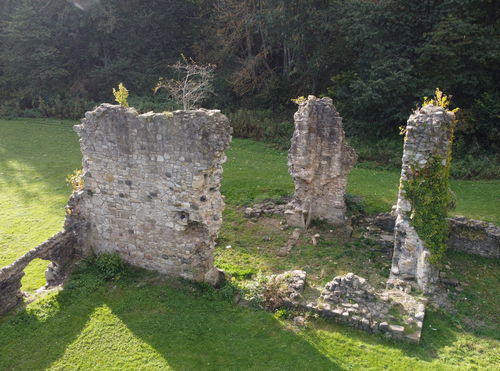
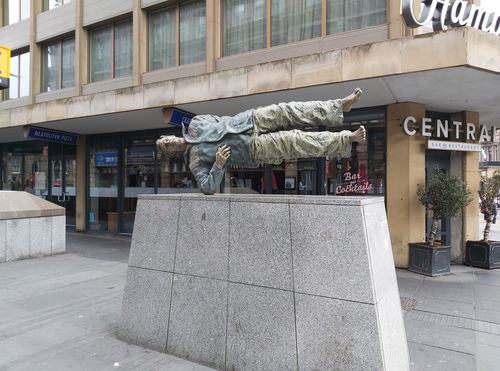
Man with Potential Selves
Art Newcastle City Centre Tyne And WearThree statues sowing the different aspects of a working man of Newcastle.
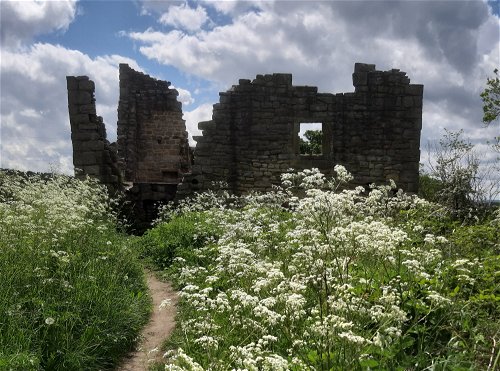
Hollinside Manor
Building Whickham Tyne And WearA medieval first-floor style Manor House set in the beautiful Derwent Walk Country Park.
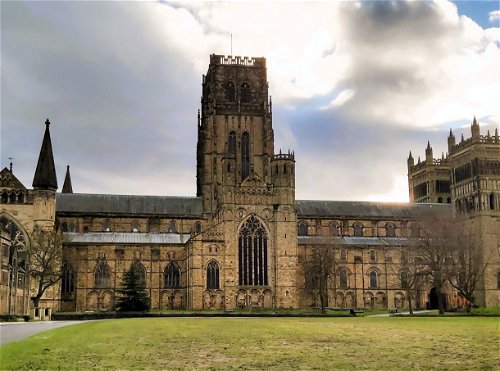
Durham Cathedral
Religious Place Durham County DurhamA stunning 900 year old cathedral built on a peninsula formed by the River Wear.
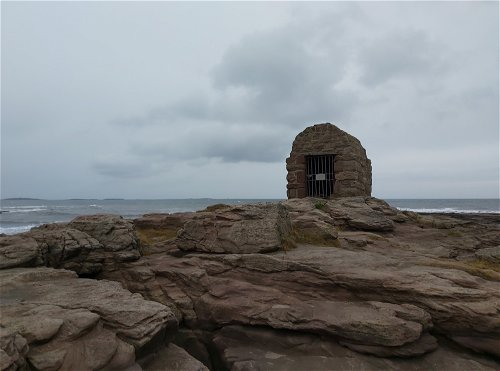
Gunpowder House
Building Seahouses NorthumberlandA small stone building used to store the explosives during the construction of the seahouses pier and harbour.
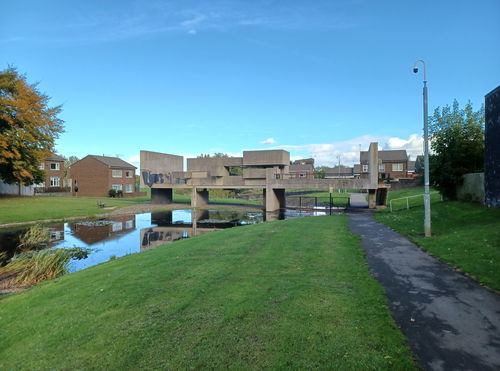
Apollo Pavilion
Art Peterlee County DurhamA Brutalist public work of art in Peterlee, designed by British Artist and Architect, Victor Pasmore.
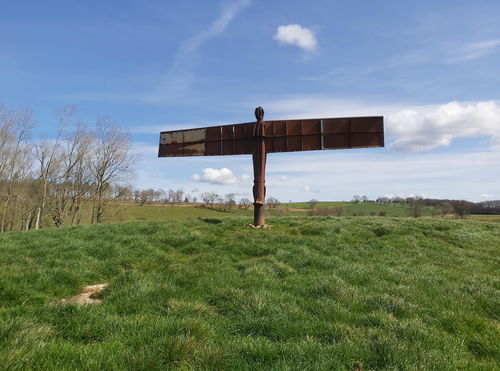
Angel Of Northumberland
Statue Hexham NorthumberlandA mini version of the Angel Of The North standing in a field near Hexham.
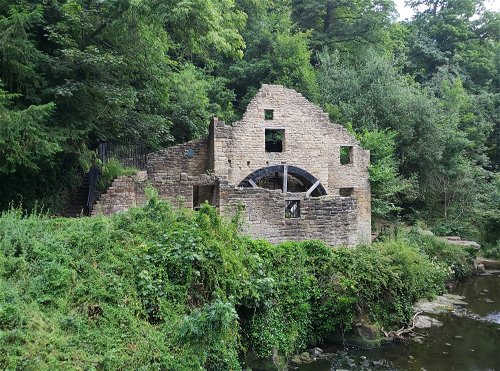
Old Mill Jesmond Dene
Building Jesmond Dene Tyne And WearA ruined watermill dating from back to 1739 in Jesmond Dene.
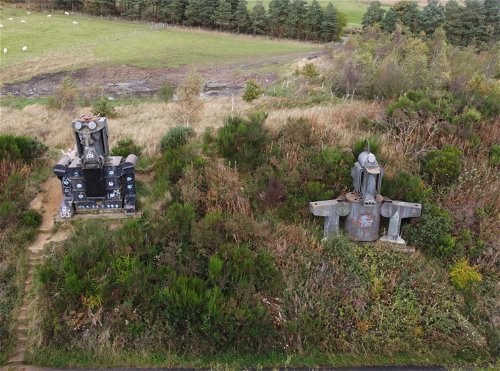
Old Transformers
Art Consett County DurhamStatues of the Ironmaster and Coal Miner made from obselete components representing the legacy of the local steelworks.
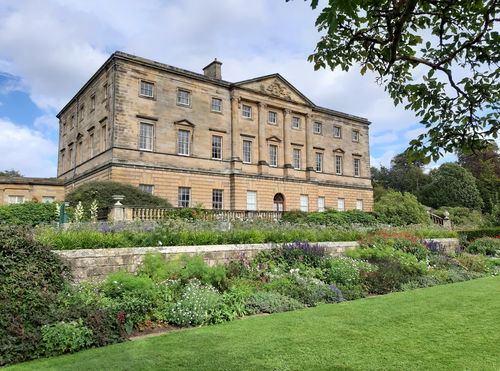
Howick Hall Gardens And Arboretum
Estate Alnwick NorthumberlandThe ancestral home of the Earls Grey since 1319. (As in the tea!)
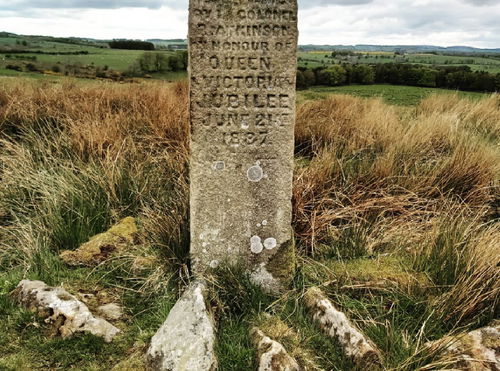
Jubilee Stone On Shaftoe Crags
Standing Stone Bolam NorthumberlandA tall stone marking Queen Victoria's Jubilee.
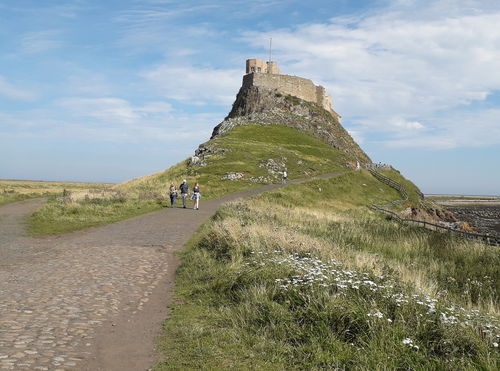
Lindisfarne Castle
Castle Holy Island NorthumberlandA 16th Century, grade I listed castle on Holy Island only accessible from the Northumberland coast at low tide.
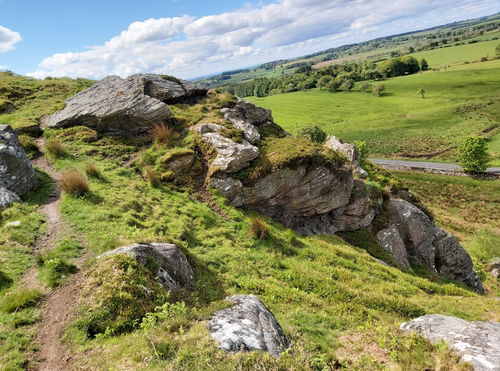
Rothley Crags
Landscape Morpeth NorthumberlandSpectacular crags in beautiful countryside, with a castle on top!
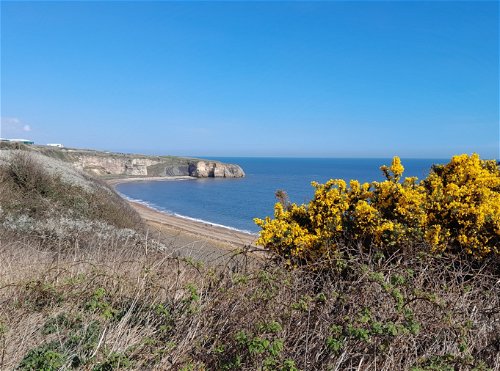
Blast Beach at Nose's Point Seaham
Landscape Seaham County DurhamA coastal success in the Turning of the Tide Project and something for all the senses
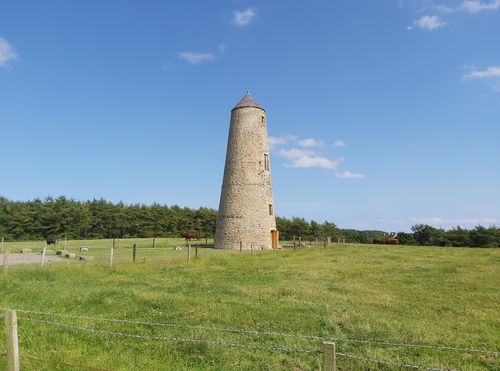
Outchester Ducket
Building Belford NorthumberlandMaybe a windmill, maybe used for sea-navigation, maybe just a pretty building. Now a holiday home.
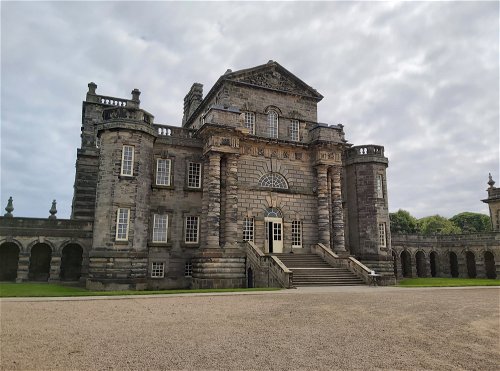
Seaton Delaval Hall
Estate Seaton Valley NorthumberlandA beautiful grade I listed country house a mile from the coast, packed with glorious history!
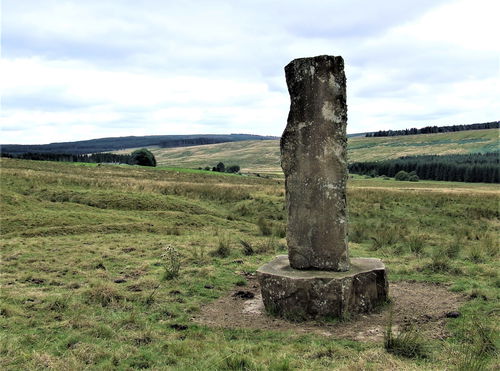
Source of the North Tyne River
Standing Stone Kielder NorthumberlandA standing stone marking the northern source of the River Tyne in Deadwater.
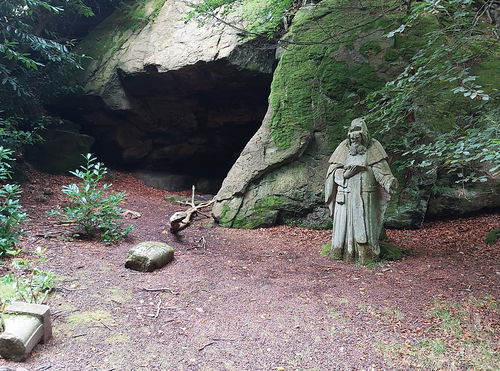
Nine Year Aud Hole
Cave Alnwick NorthumberlandA cave in Hulne Park guarded by a statue of a hermit.
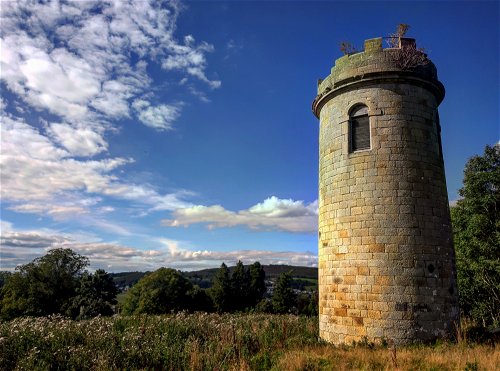
Sharp's Folly
Folly Rothbury NorthumberlandSharp's Folly is an 18th century tower in Rothbury, and is the oldest folly in Northumberland.
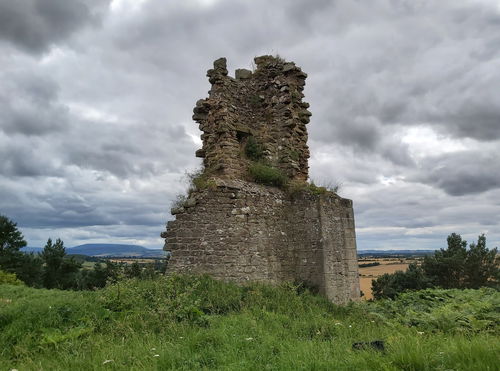
Duddo Tower
Tower Duddo NorthumberlandA ruined tower sitting on a crag just around the corner from the Duddo Stones.
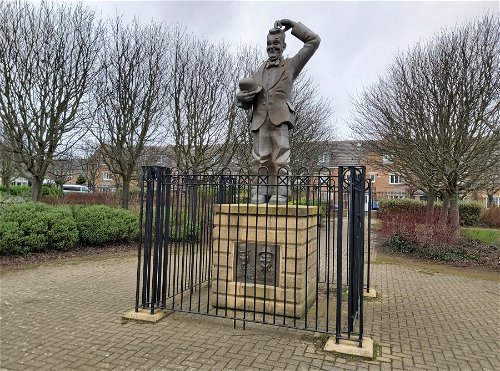
Stan Laurel Statue
Statue North Shields Tyne And WearA statue of the comedy icon and one half of the legendary duo Laurel and Hardy, Stan Laurel to celebrate his time living in North Tyneside.
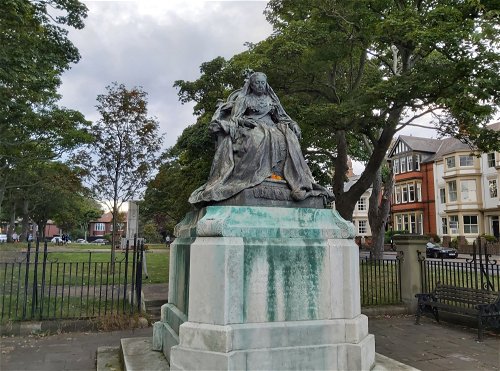
Queen Victoria Statue - Tynemouth
Statue Tynemouth Tyne And WearA statue of Queen Victoria by sculptor Alfred Turner in Tynemouth.
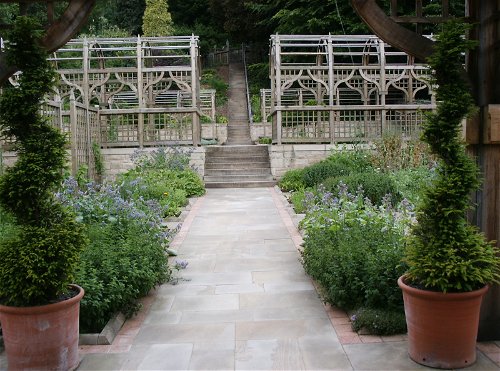
William Turner Garden
Landscape Morpeth NorthumberlandA modern take on a 16th Century Physic Garden dedicated to the life of Morpeth native William Turner, also known as the "Father of British Botany"

Bothal Stepping Stones
Stepping Stone Bothal NorthumberlandStepping stones crossing the river Wansbeck at Bothal.
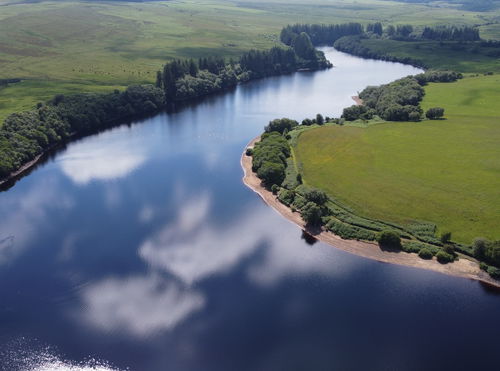
Fontburn Reservoir
Water Rothbury NorthumberlandA drinking water reservoir with beautiful surrounding scenery.
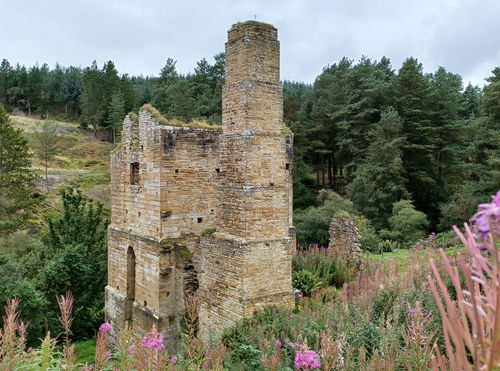
Shildon Engine House
Building Blanchland NorthumberlandThe remains of a 19th century engine house, later transformed into flats and known as 'Shildon Castle'.
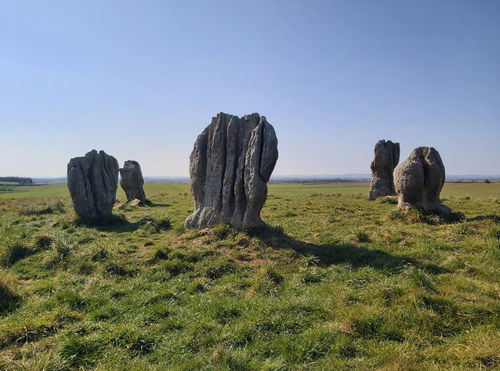
Duddo Stones
Stone Circle Duddo NorthumberlandA small five stone circle set in a beautiful location in Duddo Northumberland.
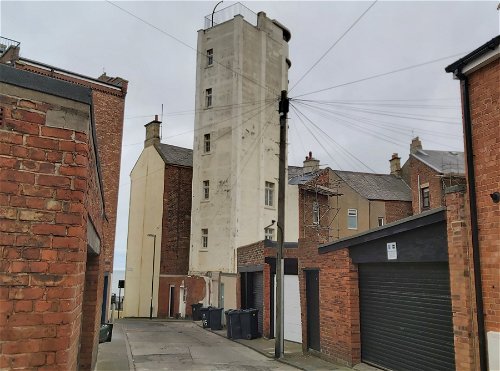
Lookout Tower Percy Gardens
Military Tynemouth Tyne And WearA six storey lookout tower used to assist gun turrets in both World War 1 and 2.
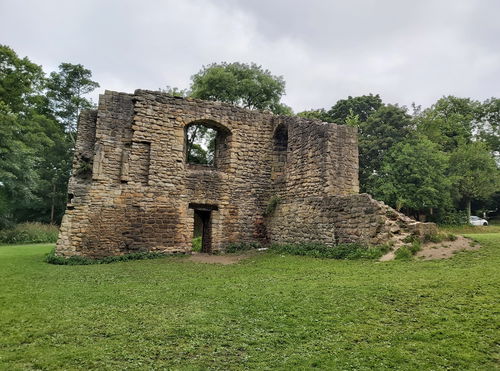
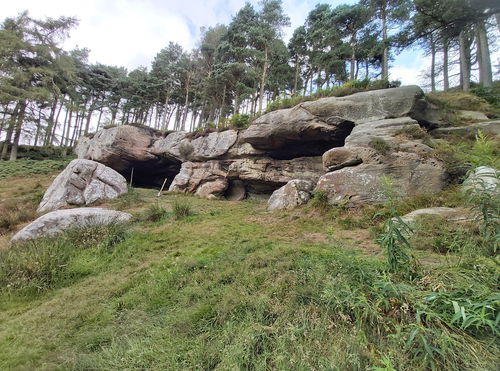
St Cuthbert's Cave
Cave Belford NorthumberlandSituated in Holburn, St Cuthbert either lived in this cave as a hermit or his body was laid to rest here by monks escpaing from the vikings!

Saint Mary's Chapel
Religious Place Jesmond Dene Tyne And WearA ruined chapel that was once a popular place for pilgrimages.
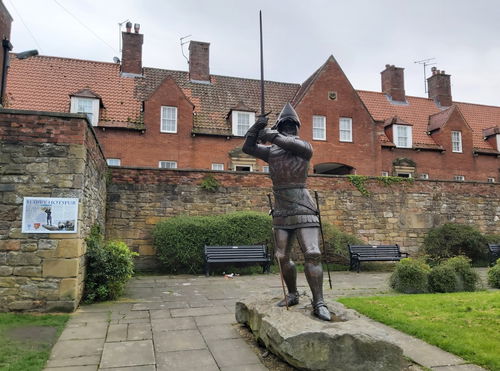
Harry Hotspur Statue
Statue Alnwick NorthumberlandStatue to Henry Percy, also known as Harry Hotspur, Alnwick's most famous Knight and one of Shakespeare's best known characters.
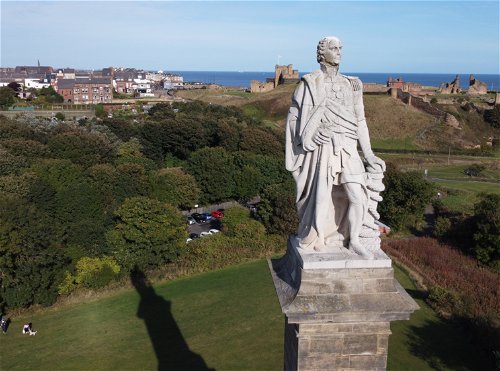
Collingwood Monument
Statue Tynemouth Tyne And WearA Grade II* listed monument in Tynemouth, dedicated to Vice Admiral Lord Cuthbert Collingwood. A Napoleonic-era admiral noted for being second-in-command to Admiral Lord Nelson during the Battle of Trafalgar.
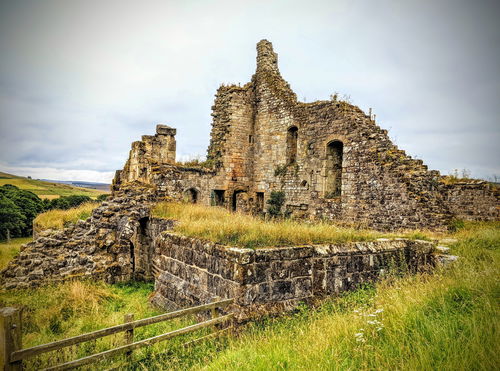
Cartington Castle
Castle Rothbury NorthumberlandA lovely little 12th century ruined castle just outside of Rothbury.
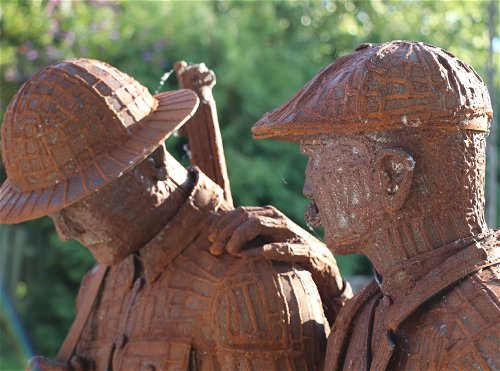
The Ball and The Bradford Boy
Statue Bishop Auckland County DurhamA memorial to the Bradford brothers and other soldiers from Witton Park who fought in World War 1 and both received the Victoria Cross.
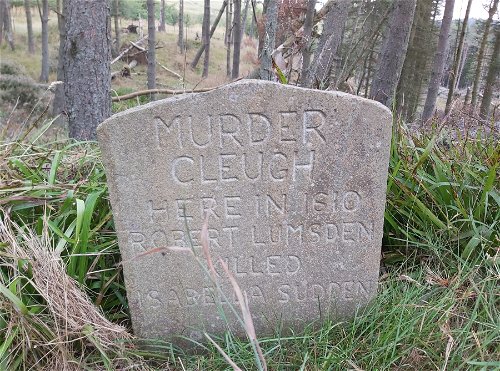
Murder Cleugh
Standing Stone The Cheviots NorthumberlandA small marker stone where Robert Lumsden murdered Isabella Sudden in 1610.
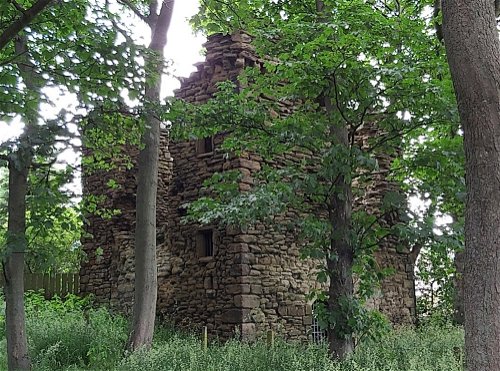
Burradon Tower
Tower Burradon Tyne And WearA ruined three storey tower house now mostly covered by trees.
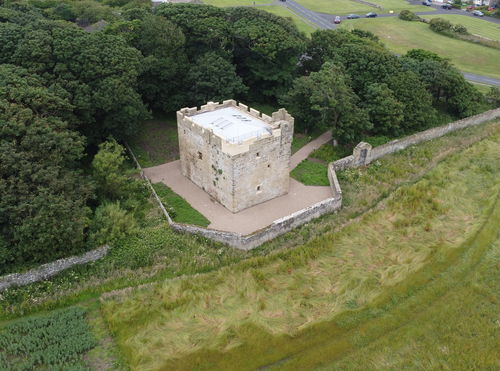
Cresswell Pele Tower
Tower Cresswell NorthumberlandA recently renovated pele tower situated in Creswell on the coast.
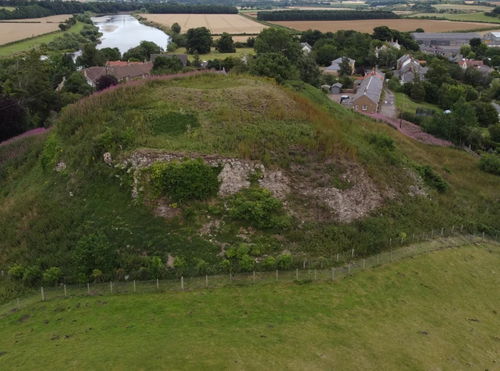
Wark Castle
Castle Wark On Tweed NorthumberlandA ruined motte-and-bailey castle at the West end of Wark on Tweed in Northumberland.
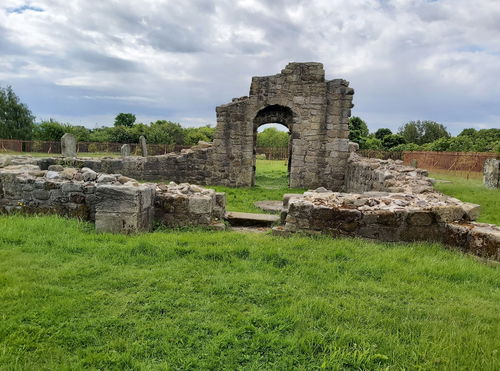
Holy Cross Church Ruins
Religious Place Wallsend Tyne And WearRuins of the Church of the Holy Cross that is nearly 900 years old.
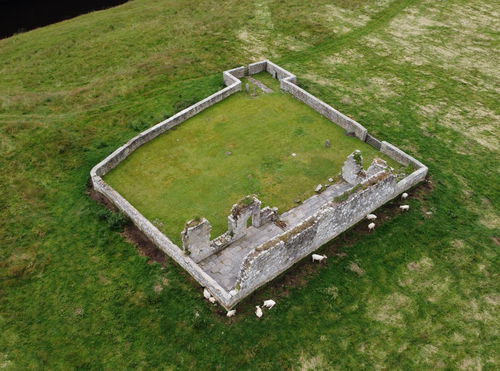
Brainshaugh Priory
Religious Place Guyzance NorthumberlandOriginally St Wilfrid's Premonstratensian nunnery, this ruined priority sits by a tight bend in the River Coquet.
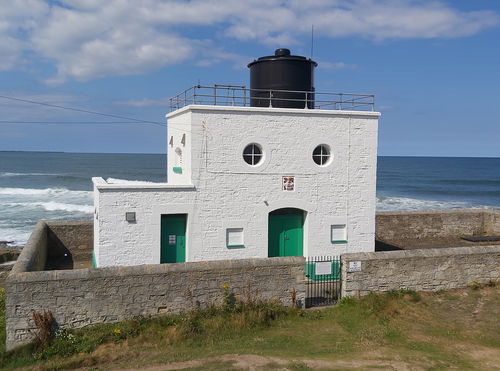
Bamburgh Lighthouse
Lighthouse Bamburgh NorthumberlandThe original 1910 building with the new lantern on its roof.
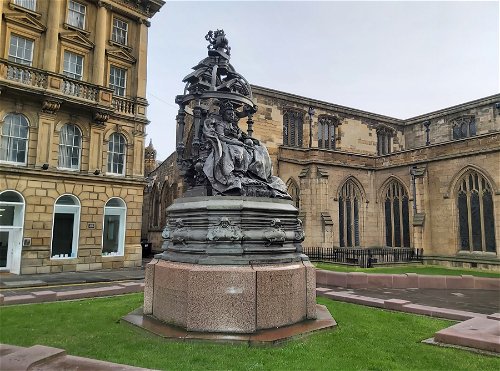
Queen Victoria Statue - Newcastle
Statue Newcastle City Centre Tyne And WearA statue of Queen Victoria in St Nicholas' Square to commemorate 500 years of Shrievalty.
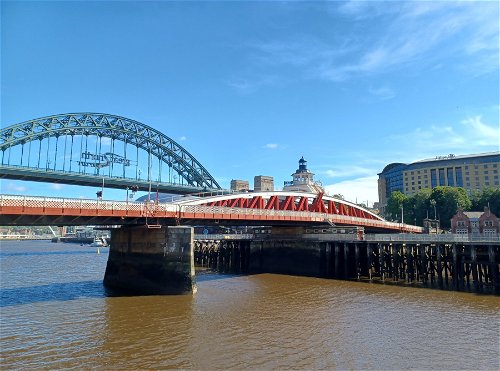
Swing Bridge
Bridge Newcastle City Centre Tyne And WearRotating bridge designed by William Armstrong, which opened in 1876.
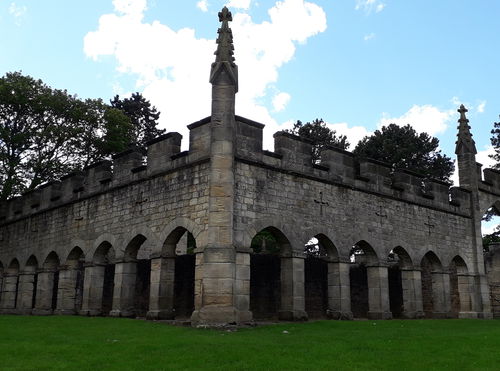
Auckland Castle Deer House
Building Bishop Auckland County DurhamThe deer house is a rare and well preserved example of Gothic Revival architecture built in 1760.
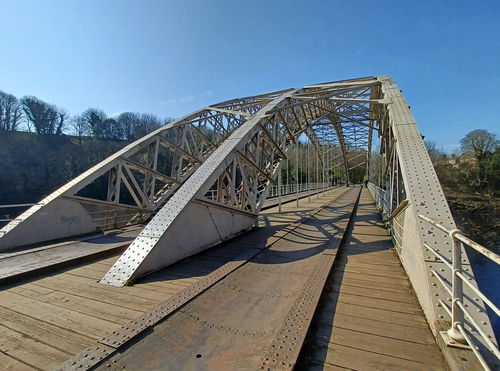
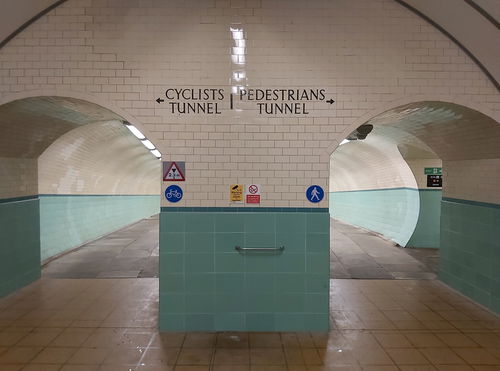
Tyne Cyclist and Pedestrian Tunnels
Building Howdon Tyne And WearA pair of tunnels under the River Tyne for use by pedestrians and cyclists.
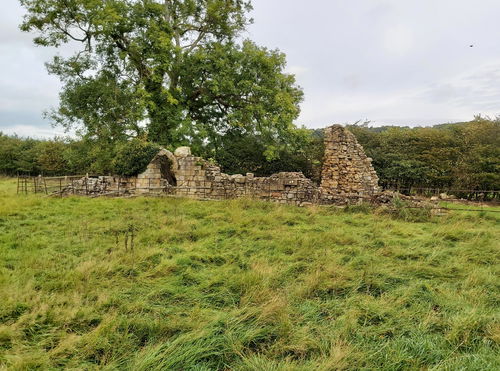
St Leonard's Hospital Chapel
Religious Place Alnwick NorthumberlandThe ruined chapel of an old hospital located in Denwick near to Alnwick Castle.
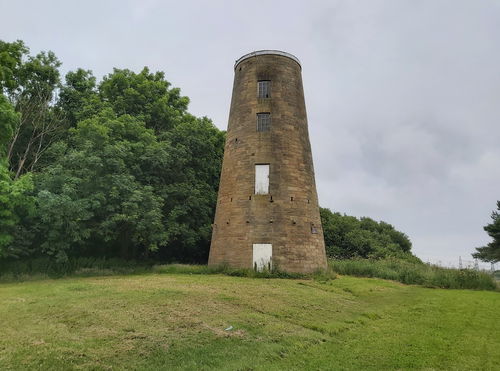
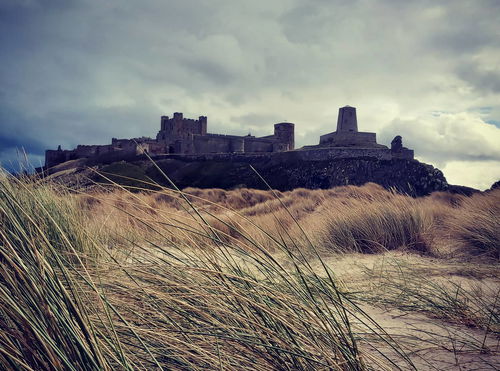
Bamburgh Castle
Castle Bamburgh NorthumberlandThe seat of the ancient kings of Northumbria and a mighty stronghold on the coast of Northumberland.
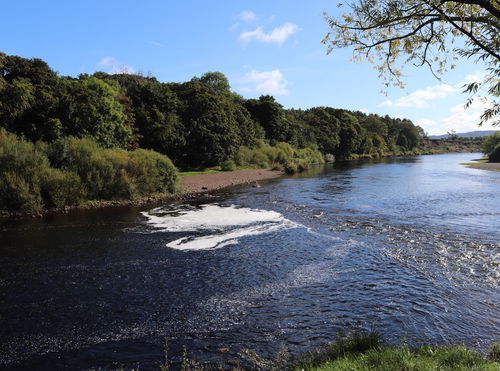
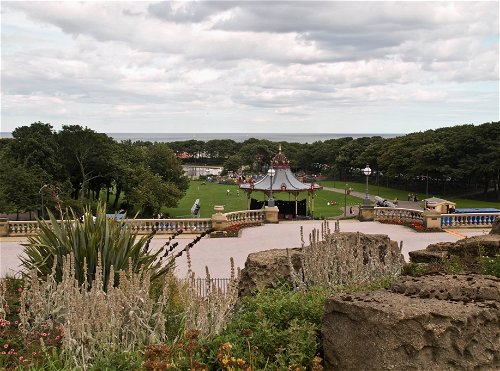
South Marine Park
Landscape South Shields Tyne And WearA Victorian Public Park on South Shields seafront that is part of a 4km chain of parks.
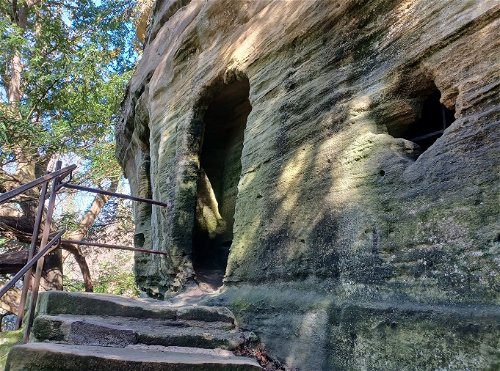
Warkworth Hermitage
Religious Place Warkworth NorthumberlandA 14th century Hermitage carved out of the bedrock on the River Coquet.
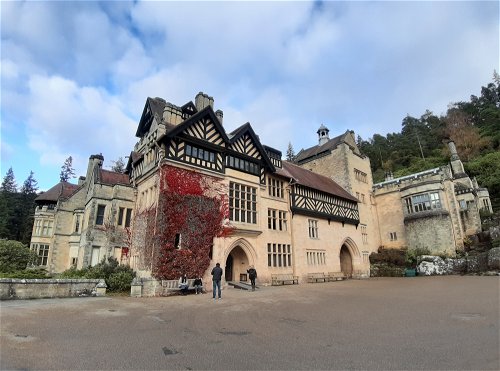
Cragside
Estate Rothbury NorthumberlandCragside is a Victorian country house near Rothbury in Northumberland, built for William Armstrong and his wife, Margaret.
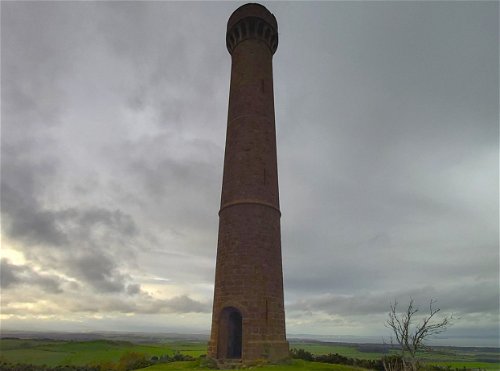
Hopetoun Monument
Tower East Lothian BordersA 29m high tower on Byres Hill built as a monument to John Hope, the 4th Earl of Hopetoun.
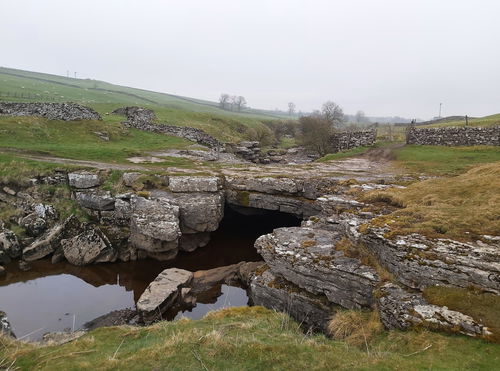
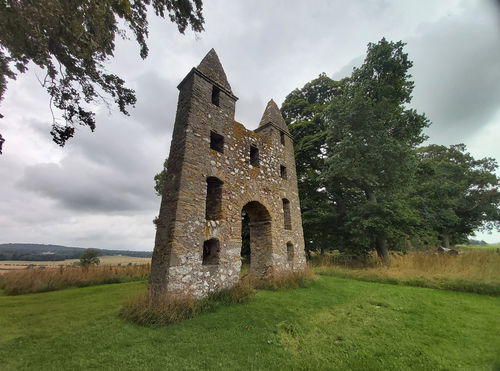
Hundy Mundy Tower
Tower Kelso BordersA folly named after a princess overlooking bodies in a natural woodland burial site!
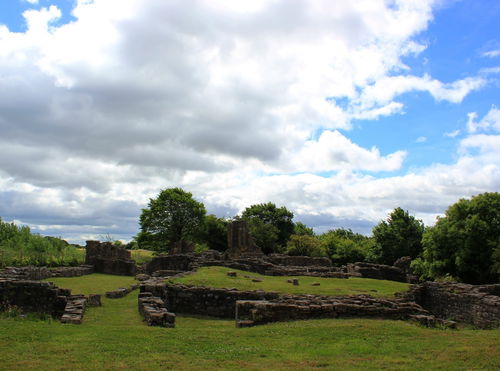
Beaurepaire Priory
Religious Place Durham County DurhamA 13th century priory twixt manor house that was a retirement home and also a retreat for the Durham Monks.
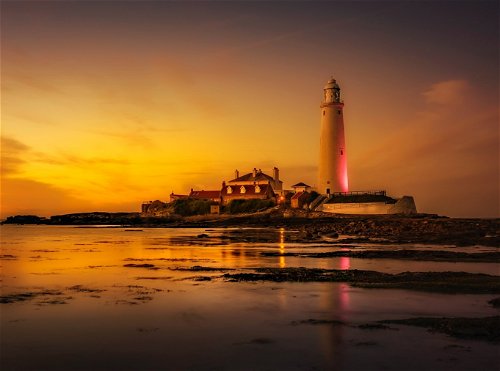
St Mary's Lighthouse
Lighthouse Whitley Bay Tyne And WearA lighthouse on a small tidal island just north of Whitley Bay. It is linked to the mainland by a short concrete causeway which is submerged at high tide.
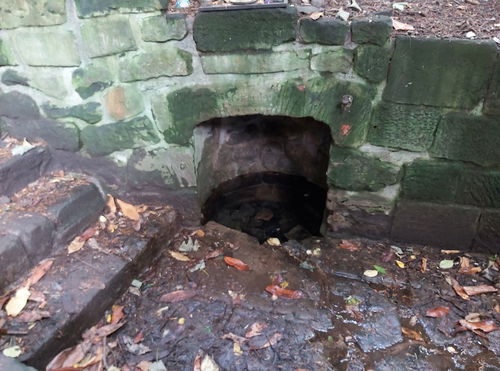
Saint Mary's Well
Religious Place Jesmond Dene Tyne And WearA small well linked to the nearby St. Mary's Chapel.
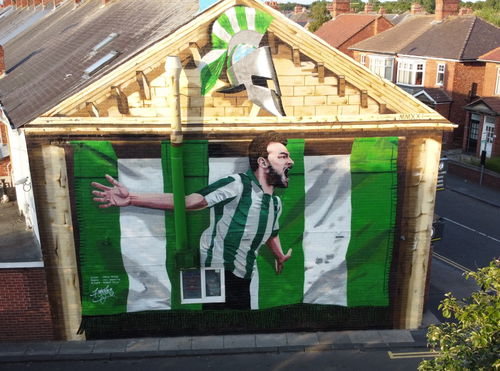
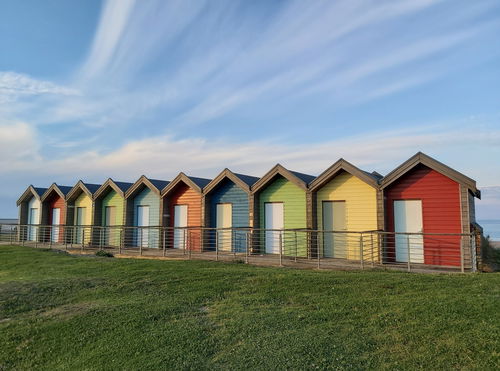
Blyth Beach Huts
Building Blyth NorthumberlandA beautiful set of beach huts situated on the Blyth Promenade.
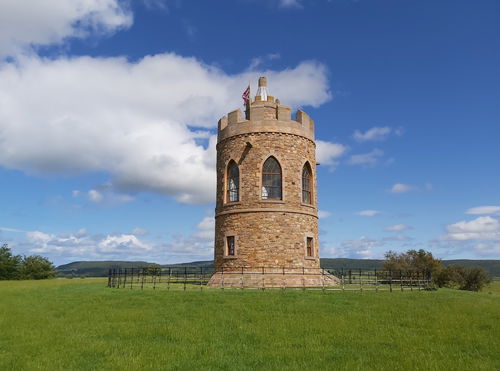
Hurlestone Tower
Tower Chillingham NorthumberlandA modern day folly set in the Lilburn Tower estate next to the Hurl Stone.
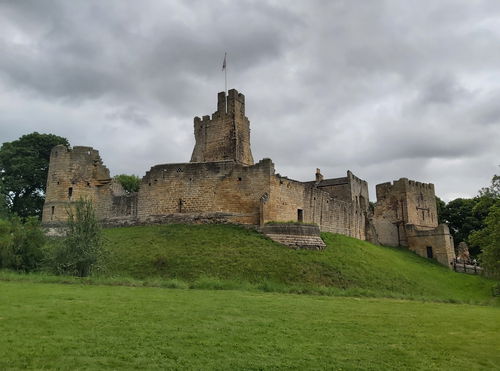
Prudhoe Castle
Castle Prudhoe NorthumberlandA ruined medieval English castle situated on the south bank of the River Tyne.
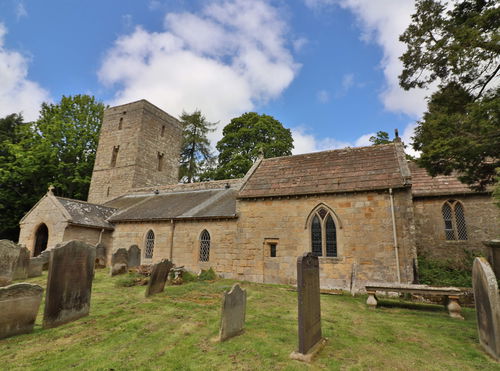
St Andrew's Church Bolam
Religious Place Bolam NorthumberlandA beautiful Saxon church nestling in the rolling countryside that was once bombed by the Germans.
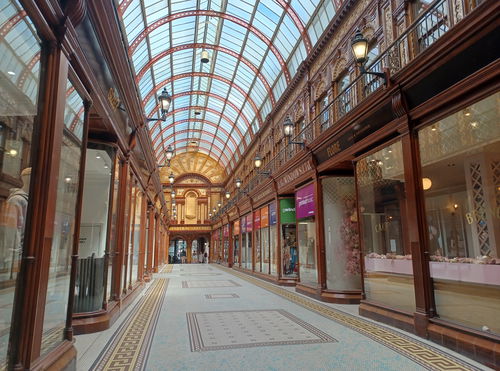
Central Arcade
Building Newcastle City Centre Tyne And WearAn ornate, Edwardian Shopping Arcade, in the centre of Newcastle built in 1906. The arcade is set within Richard Grainger's Central Exchange Building.
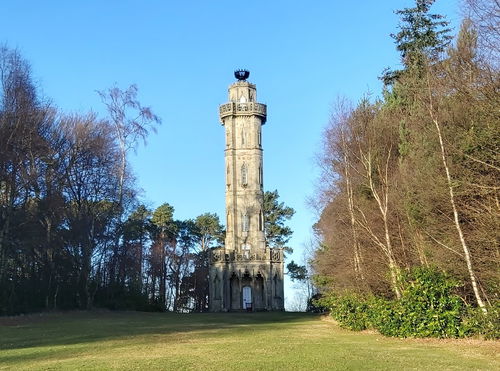
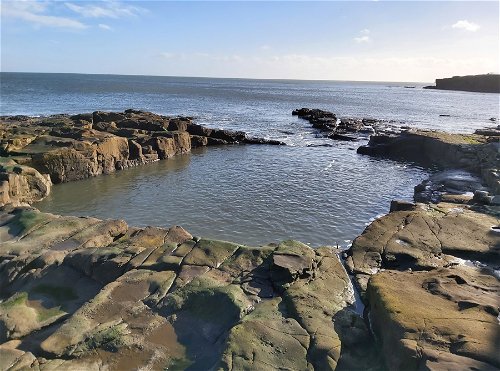
Table Rocks Pool
Water Whitley Bay Tyne And WearA natural tidal pool in Whitley Bay that was expanded for swimmers in the 19th century.
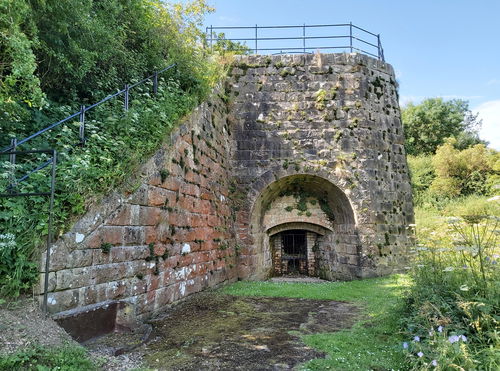
Tosson Lime Kiln
Lime Kiln Rothbury NorthumberlandThe best preserved Lime Kiln in the Northumberland national park at Tosson.
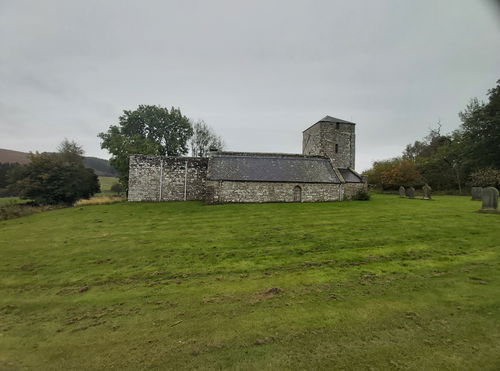
St John The Baptist Church Edlingham
Religious Place Edlingham NorthumberlandA small saxon church built on the site of an old 8th century church near Edlingham Castle.
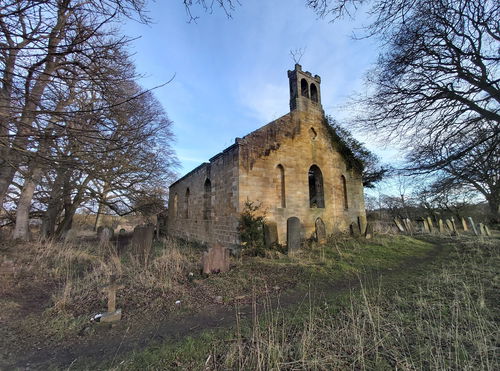
Old St. Helen’s Church
Religious Place Longhorsley NorthumberlandA ruined 18th century church currently being transformed by the local residents into another place for calm and reflection.
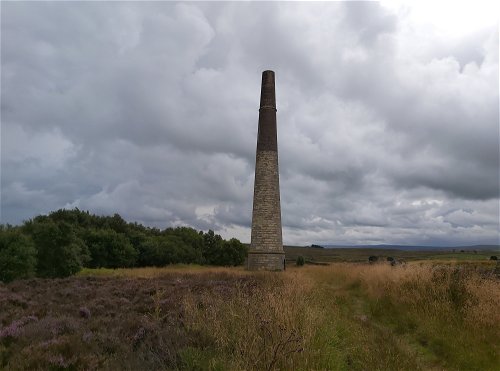
Stublick Chimney
Chimney Haydon Bridge NorthumberlandStublick Chimney is a grade II listed building from the former Langley lead smelting mill.
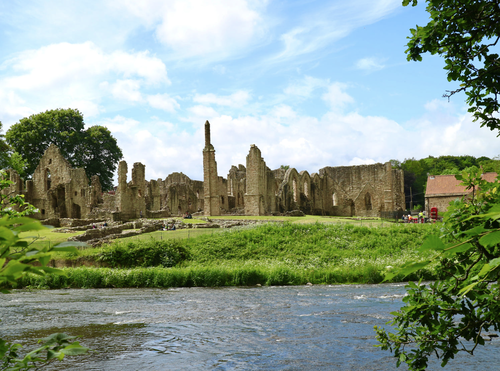
Finchale Priory
Religious Place Framwellgate Moor County DurhamFinchale Priory was a benedictine priory founded in 1196 on the site of the hermitage of Saint Godric.
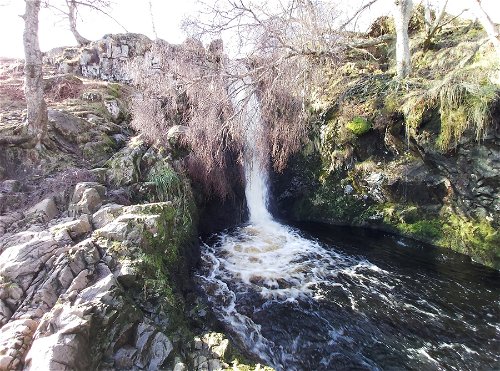
Linhope Spout
Waterfall Ingram Valley NorthumberlandAn 18 metre waterfall in the beautiful Ingram Valley.
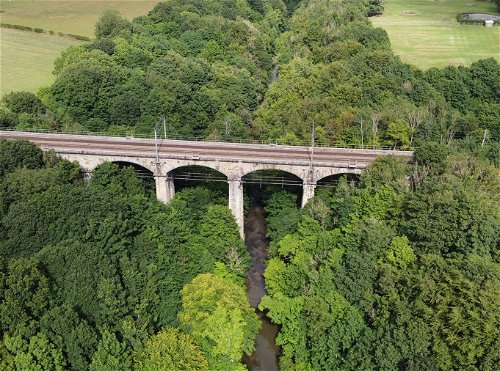
Plessey Woods Viaduct
Bridge Cramlington NorthumberlandA very well hidden stone viaduct spanning the River Blyth at Plessey Woods for the East Coast Main Line.
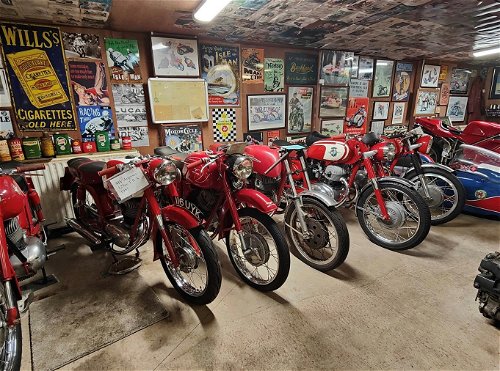
Mike Barry Motorcycle Museum
Museum Carlisle CumbriaA museum with a truckload of old bikes beautifully restored by past racer Mike Barry.
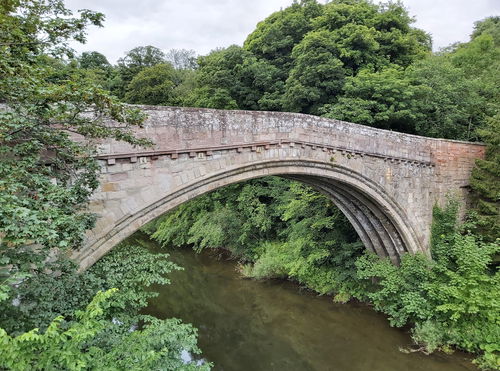
Twizel Bridge
Bridge Duddo NorthumberlandA Tudor arch bridge built in 1511 which was the largest single span bridge anywhere in Britain at its time.
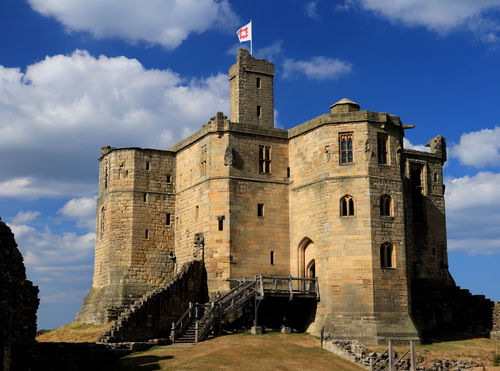
Warkworth Castle
Castle Warkworth NorthumberlandA ruined medieval castle in Warkworth standing over a loop of the River Coquet.
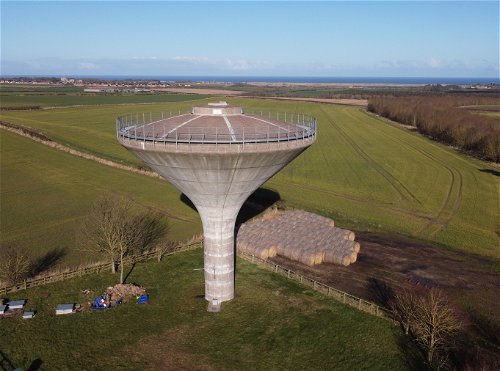
Morwick Water Tower
Water Tower Amble NorthumberlandA spacecraft-like old concrete water tower, standing in the fields near Amble.
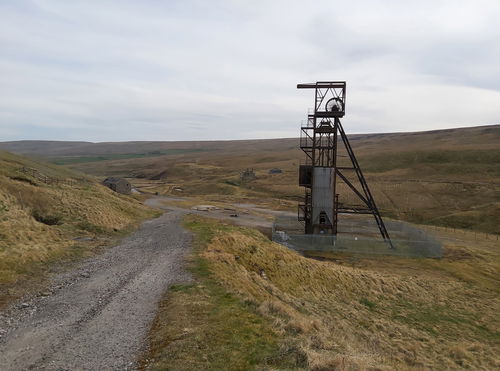
Groverake Mine
Machinery Bishop Auckland County DurhamThe ruins of an old lead and fluorspar mine in the Pennines with the headframe and some buildings still visible.
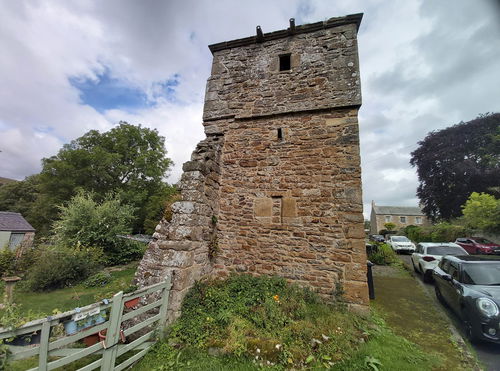
Ninebanks Tower
Tower Allendale NorthumberlandAn ornamental pele tower that was once part of a 16th century manor house.
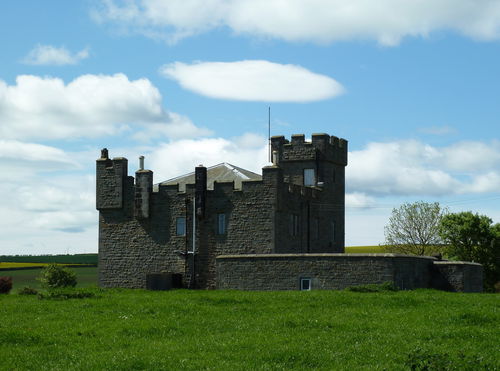
Belford Castle
Castle Belford NorthumberlandA castellated farmhouse sitting on the foundations of a 15th century motte and baily castle.
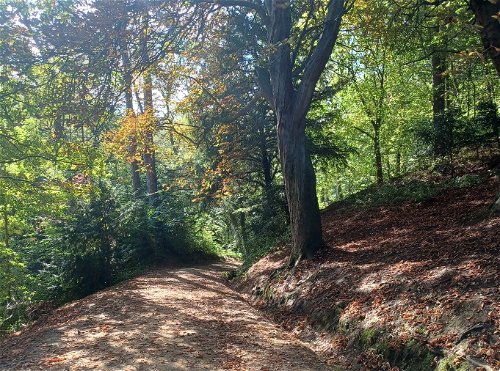
Castle Eden Dene
Landscape Peterlee County Durham221 hectares of woodland, grassland and paths leading to the beautiful Durham coast.
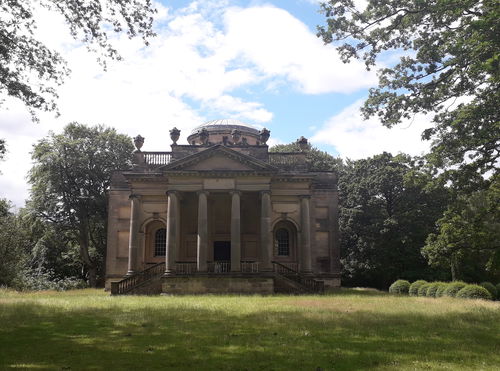
Gibside
Estate Gateshead Tyne And WearGibside is a 720 acre estate acquired by the Bowes family in 1713.
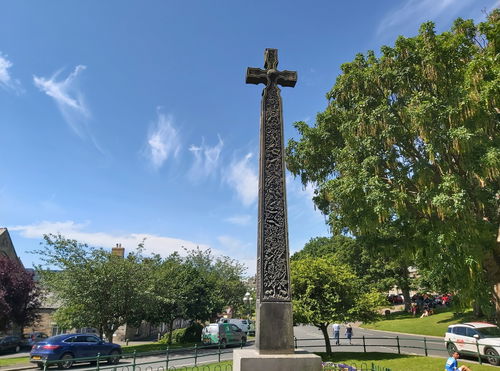
Armstrong Cross
Religious Place Rothbury NorthumberlandThe Market Cross was erected to the memory of Lord And Lady Armstrong.
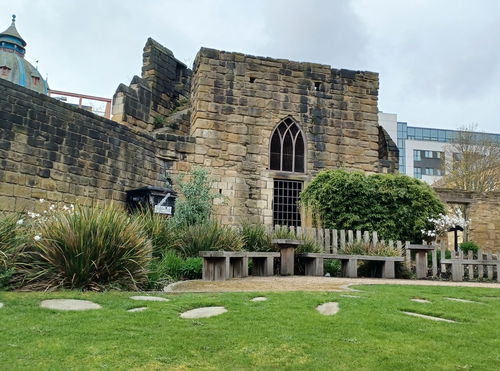
Newcastle City Walls
Building Newcastle City Centre Tyne And WearRemains of the 14th century walls that were built around Newcastle Upon Tyne.
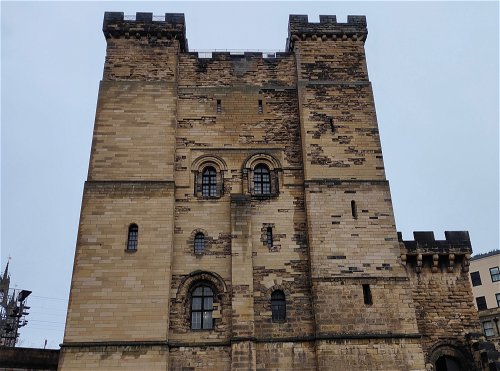
Newcastle Keep
Castle Newcastle City Centre Tyne And WearA 12th century keep in the heart of Newcastle upon Tyne.
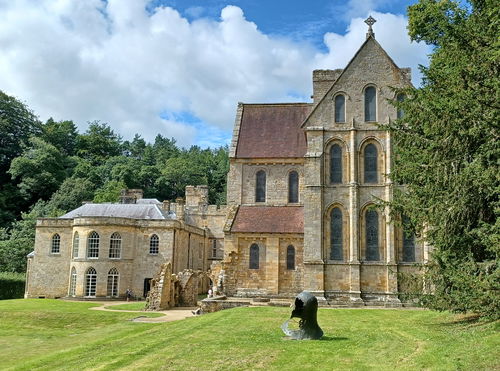
Brinkburn Priory
Religious Place Longframlington NorthumberlandA 12th century medieval monastery built on a bend of the River Coquet, near Rothbury.
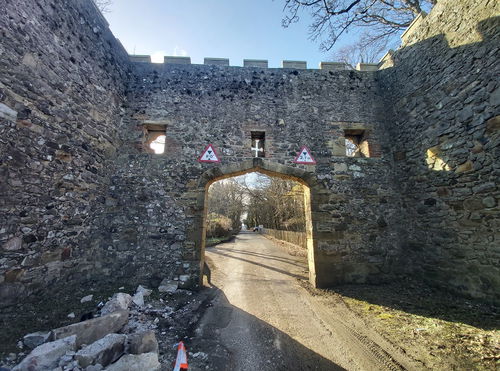
Craster Tower Gateway
Building Craster Northumberland18th century gateway to Craster Tower, now an iconic entrance to the village of Craster.
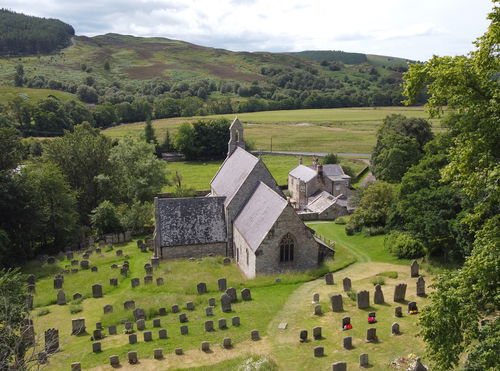
St. Michael And All Angels Church Low Alwinton
Religious Place Alwinton NorthumberlandA pretty church sitting in amazing countryside with breathtaking views in Low Alwinton.
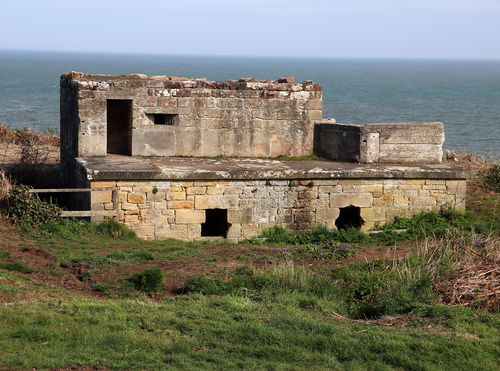
Alnmouth Gun Battery
Military Alnmouth NorthumberlandAn old gun battery from the 19th century and reused in WW2.
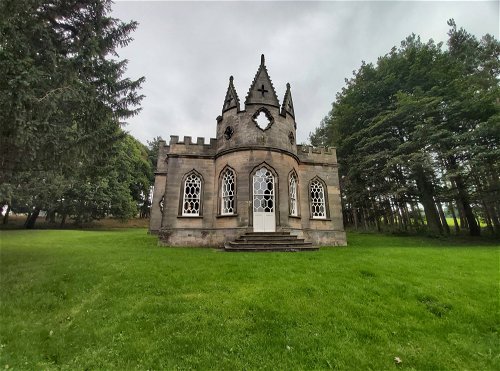
Gibside Banqueting House
Building Gateshead Tyne And WearA beautiful folly set in the grounds of the Gibside estate which is now a holiday home.
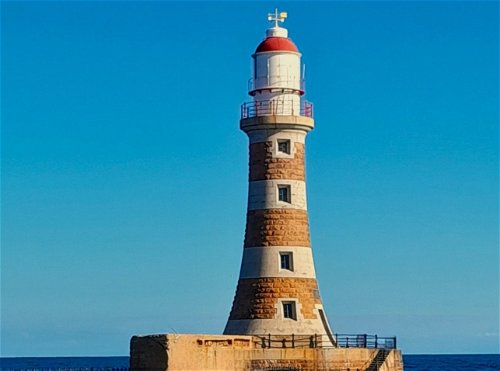
Roker Lighthouse And Pier
Lighthouse Sunderland Tyne And WearA stunning example of a lighthouse in Sunderland with a parabolic pier.
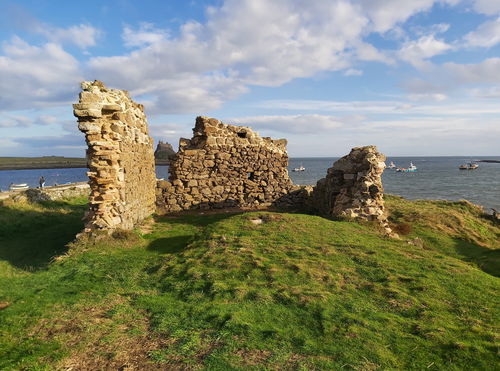
Osborne's Fort
Tower Holy Island NorthumberlandA ruined fort tower on the opposite side of the harbour to Lindisfarne Castle on Holy Island.
Filter Results
Filter the places by category or their location, or even search by a keyword.
